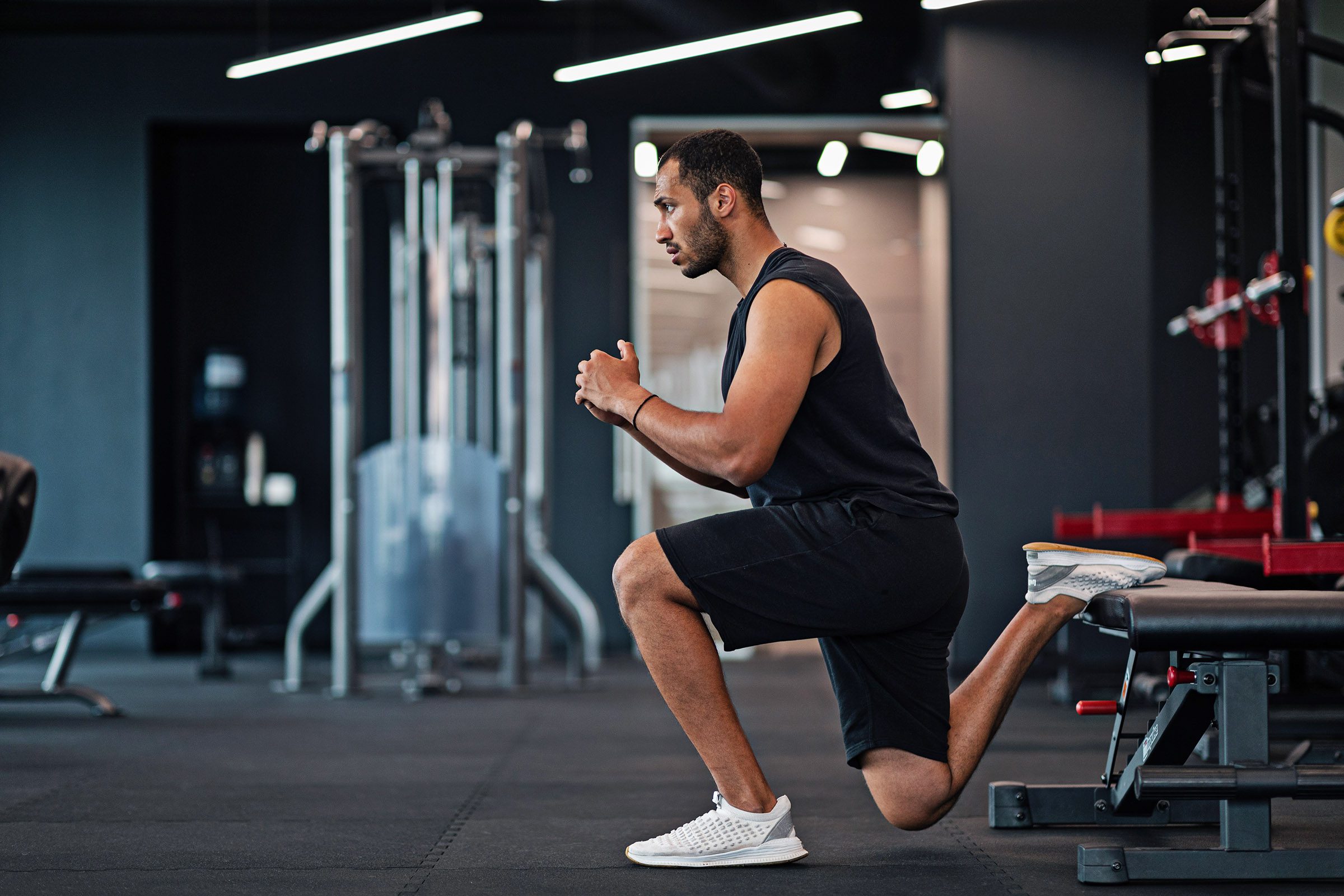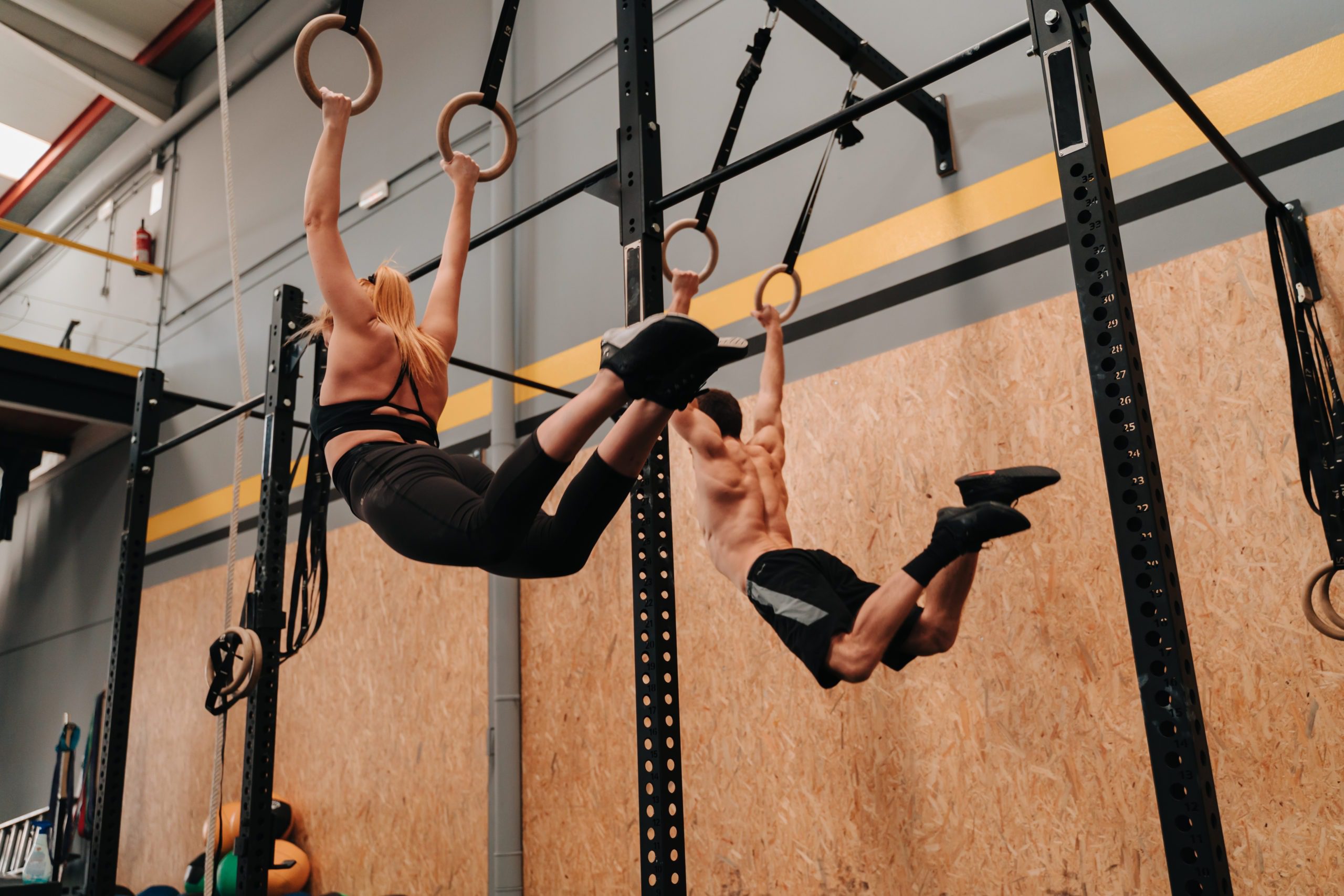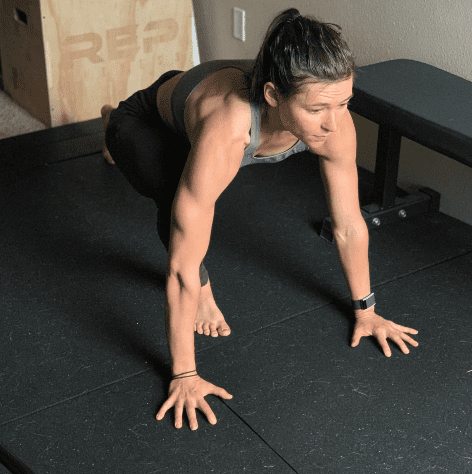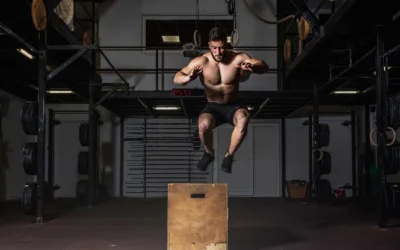4 Split Squat Variations for Godlike Glutes & Quads

Heather and Katie own Barpath Fitness, LLC; an LGBTQ+ friendly online training and remote
coaching business dedicated to helping people get strong as hell and live pain-free while
navigating the misinformation in the fitness industry.
Katie is a bodyweight master, practicing calisthenics and gymnastics movements after mastering Olympic lifts and competitive powerlifting. Heather is a 15-year fitness veteran and semi-retired competitive powerlifter who works in tech while maintaining her side gig as a fitness educator. Together they’ve come up with the four most powerful split squat moves to increase your gains, strength, and mobility.

The Importance of Variety
The split squat is hard enough on its own, so why make it even harder? Adding some variety prevents adaptive resistance, which occurs when you’ve done an exercise so many times your body no longer responds to it.
Variations create a new stimulus, recruit new muscle fibers, and keep your gym sessions from getting stale and boring.
If you’re ready to take your split squats up a notch, try one (or all!) of these four variations that each offer their own set benefits and challenges.
Change the Way You Train
1. ATG / Knees Over Toes Split Squats
Why do it:
The ATG split squat will strengthen your quads, stretch your hip flexors, and keep all the connective tissue around your knee joint healthy. If you struggle with knee pain, practicing this movement will thicken up those weaker ligaments and tendons for healthier and more stable knees.
How to do it:
Set your feet just wide enough apart so that when you straighten out your back leg behind, it stays mostly straight. Push your front knee as far forward over your toes as possible. Your hamstring should be pushing into your calf muscle at the end range of movement.
Keep your front foot flat on the floor (or plate) as you push your knee over your toes. Focus on squeezing the glute on your back leg so you can maximize that back-leg hip flexor stretch.
If you don’t quite have the range of motion in the beginning, try elevating your front foot on a plate.
2. Front Rack Bulgarian Split Squat
Why do it:
Utilizing Bulgarian split squat variations allows you to really work the quads and glutes one leg at a time. There’s many ways to do them, but we love the front rack barbell setup the most. This position keeps the chest nice and upright, and utilizing the barbell allows you to really push the load on these split squats.
The front rack position also strengthens the upper back muscles as you have to stabilize the weight on your shoulders.
How to do it:
Secure the barbell in the front rack position and elevate the back foot on a box or a bench. Execute the movement by lowering the back knee down toward the floor. Make sure to keep your knee in line with your toes on your front leg as you lower. Drive the elbows up throughout the movement to maintain a stable front rack position.
Coach’s Tip: Up for a challenge? Try elevating your back leg – it allows you to work through a deeper range of motion.
3. Anchored Split Squat
Why do it:
If you’re looking for movement that will really crush your quads, then this is for you. This is also killer exercise if you don’t have access to a gym or any equipment. You can still get a great burn in your quads using just your body weight with this movement.
How to do it:
Start with your feet together and anchor one foot so that the opposite leg is bearing most of the load. To anchor the foot, lift the heel up so you’re on the ball of your foot. Perform a squat like you normally would.
The easiest way to add load on this variation is to hold a kettlebell or dumbbell across the chest in a goblet position. This creates a slight counterbalance that keeps the torso upright as you lower. Just make sure your hips are clearing parallel on each rep.
4. Isometric Split Squat Hold
Why do it:
Don’t sleep on isometric training! Isometrics can be a great way to add some novelty to your training. There’s a ton of evidence showing isometric benefits for strength and muscle gains.
This split squat variation is a solid choice especially if you train at home and are low on equipment. It’s also a great choice if you’re battling an injury or don’t want to stress the knee joints too much through concentric and eccentric muscle contractions.
How to do it:
Stagger your feet as you would a normal split squat on the floor and lower the back knee down so it hovers right above the floor. Hold for the allotted time.
We recommend programming a minimum of 30 seconds. You can load these by holding dumbbells or kettlebells by your sides or even holding a barbell in the front rack position.
If you’re looking for a new way to challenge yourself, strengthen your knees, increase mobility, gain strength, or just switch things on leg day, give these a try during your next gym session.

Related articles
Your Guide to Passive Recovery Strategies
What is Passive Recovery? I don’t think that there exists a complete guide for athletes that tackles the underrated topic of “Recovery-Regeneration” strategies. I plan to disclose a majority of the scientific and practical information that I know of on this topic and...
Top 6 Exercises for Managing Shoulder Injuries
What to Do for an Injured Shoulder After 6 years of coaching at the highest levels across multiple disciplines, the most common issues I see in my sports therapy clinic have to do with the shoulder. Statistics show us that shoulders are the most commonly injured area...
Ballistic vs. Plyometric: Understanding Dynamic Movements
Have you heard the Russian proverb, “once you stop jumping, you start dying”? A little dramatic and fatalistic maybe, but the basic idea centers around maintaining your body’s capacity to perform explosive plyometrics. As we age, we become more risk-averse — injuries...

Join the community
Sign up for the latest training news and updates from TrainHeroic

About TrainHeroic
Made with love, sweat, protein isolate and hard work in Denver, CO
© 2023 TrainHeroic, Inc. All rights reserved.









